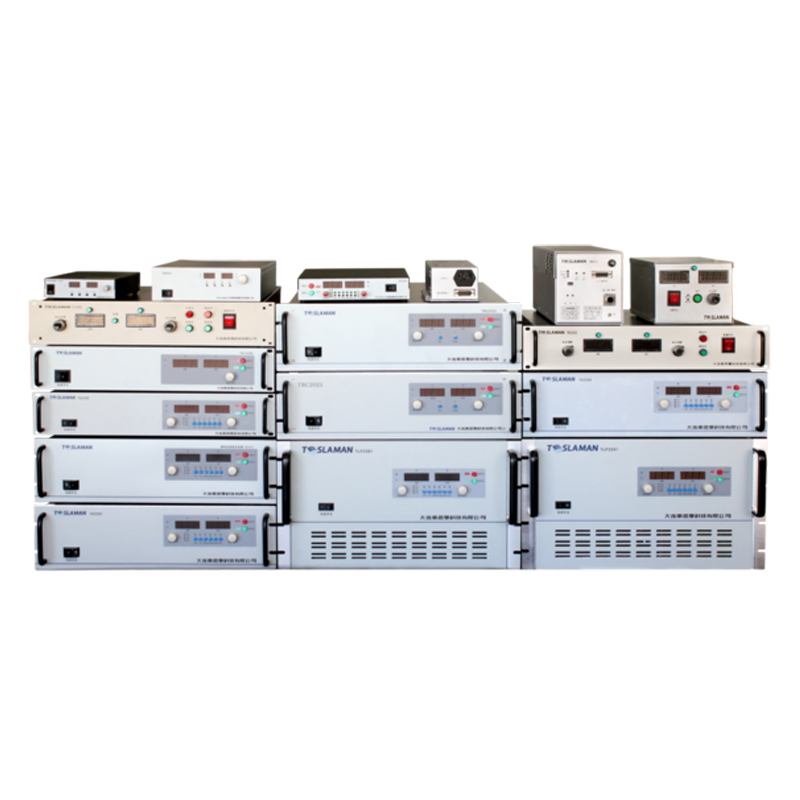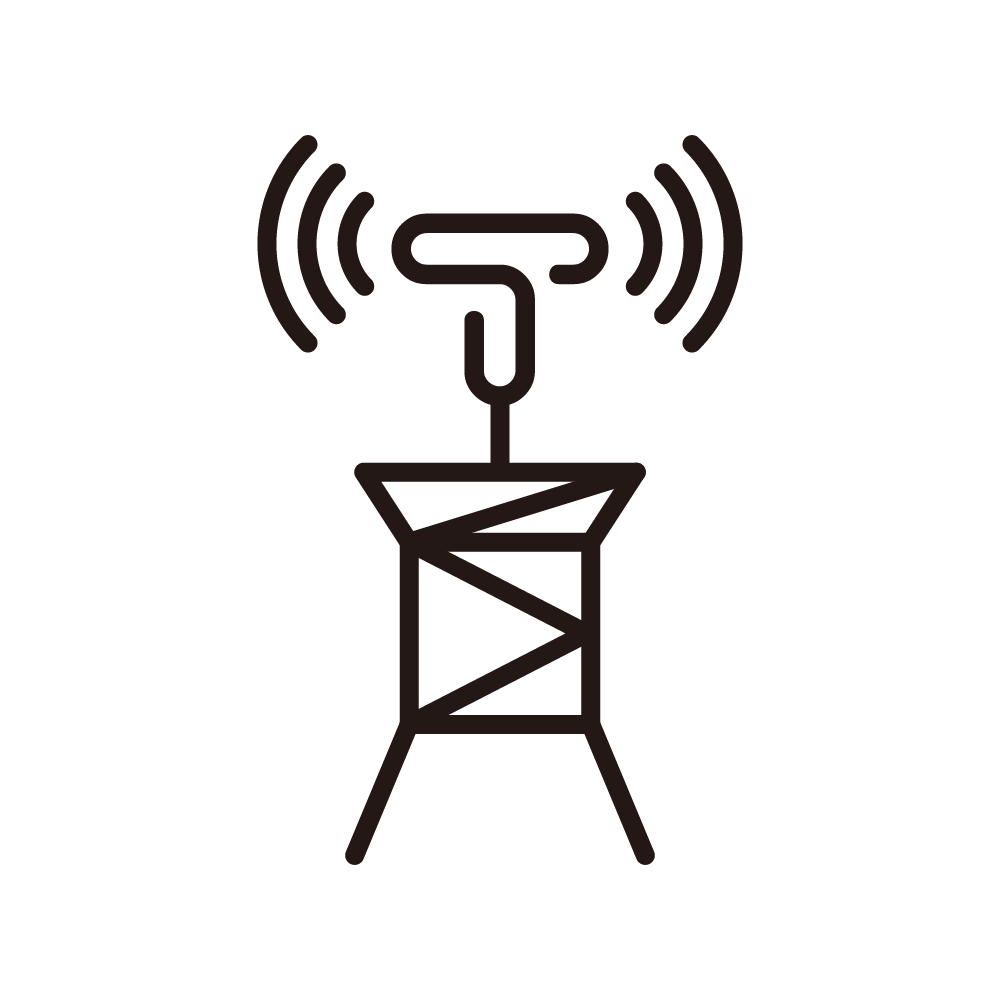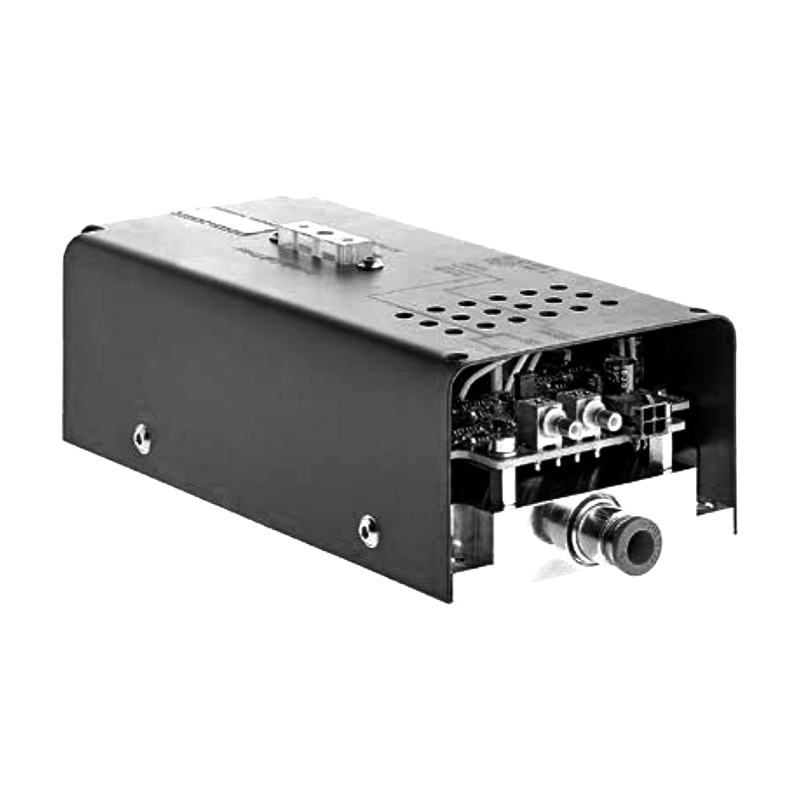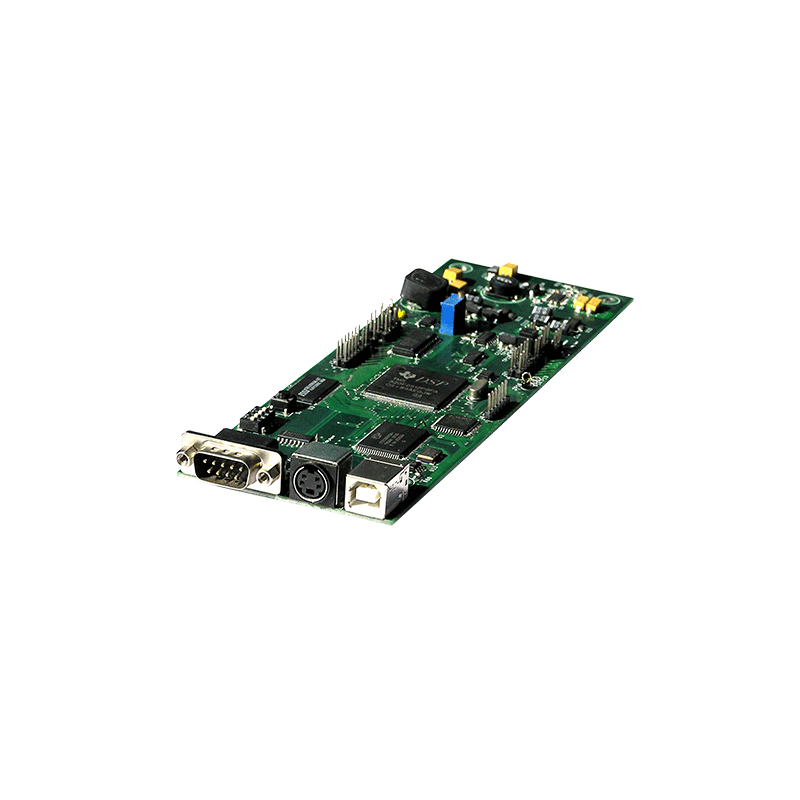Construction of Intelligent Fault Early Warning System for X-Ray Tube High-Voltage Power Supply
X-ray tube high-voltage power supplies (XTHVPs) are critical components in medical imaging equipment (such as computed tomography and digital radiography) and industrial non-destructive testing devices. Once a fault occurs in XTHVPs—such as overvoltage, overcurrent, insulation aging, or filament burnout—it may lead to X-ray tube damage, imaging quality degradation, or even equipment downtime, resulting in significant economic losses and potential risks to medical diagnosis. Traditional fault detection methods rely on post-fault alarm mechanisms, which lack early warning capabilities and cannot prevent faults in advance.
To solve this problem, an intelligent fault early warning system for XTHVPs based on multi-parameter monitoring and machine learning is constructed. The system consists of four functional modules: (1) A multi-parameter data acquisition module that collects key operating parameters of XTHVPs, including output voltage (measurement range: 0-150 kV, accuracy: ±0.5%), output current (0-100 mA, ±1%), internal temperature (0-100 °C, ±0.2 °C), and voltage ripple (0-5%, ±0.1%), using high-precision sensors and a 16-bit ADC with a sampling rate of 500 kHz. (2) A data preprocessing module that adopts wavelet transform to filter out noise interference in the sampled data and uses linear interpolation to supplement missing data points, ensuring data reliability. (3) A fault diagnosis and early warning module that uses a support vector machine (SVM) algorithm trained with 10,000 sets of normal and fault data (covering 8 common fault types) to classify the real-time operating state of XTHVPs; the module sets three early warning levels (minor, moderate, severe) based on the fault probability, and triggers corresponding warning signals (such as sound, light, or network notification) when the fault probability exceeds the preset threshold. (4) A data storage and analysis module that stores historical operating data and fault records in a cloud database, supporting post-fault traceability and predictive maintenance.
In the trial application of a medical X-ray machine, the system achieved an early warning accuracy of 98.5% for common faults, with an average early warning time of 1.2 hours before fault occurrence. This effectively reduced the equipment downtime rate by 40% and extended the service life of the X-ray tube by 30%, verifying the practical value of the intelligent fault early warning system in improving the reliability of XTHVPs.




















